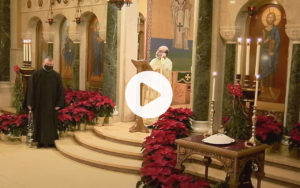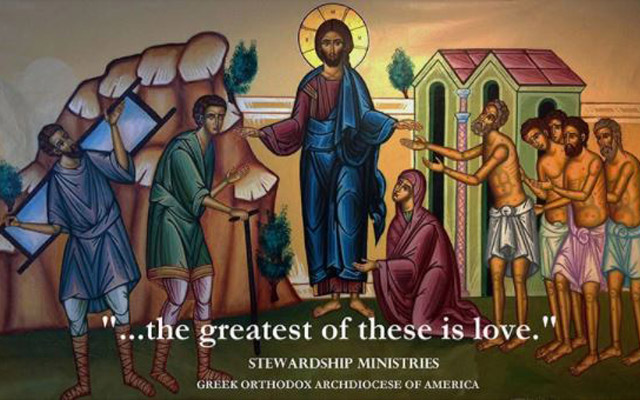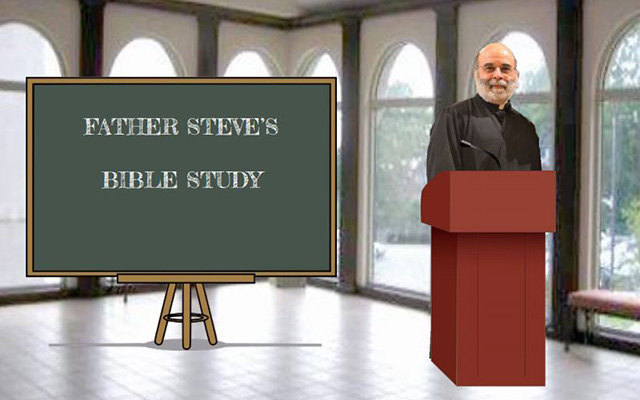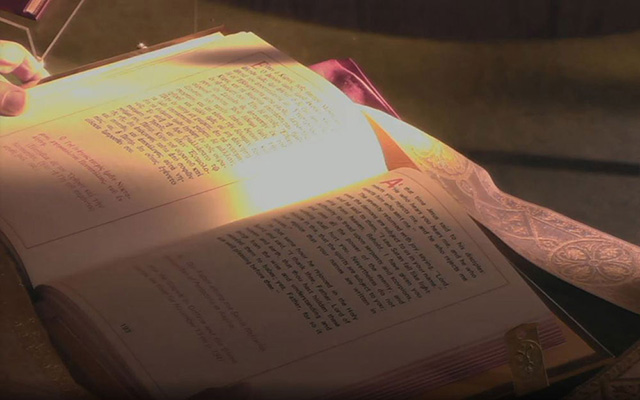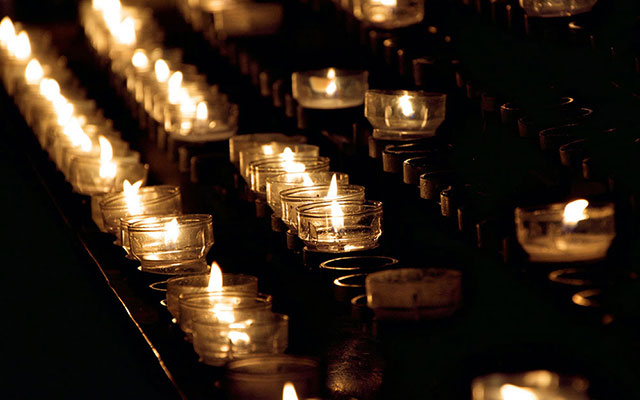The Dormition of our Most Holy Lady the Mother of God and Ever-Virgin Mary (V)
The church of the Dormition of the Theotokos has the following dimensions: in length it is 48 arshin, and in breadth 8 arshin [1 arshin = 28 inches]. At an earlier time the church had also windows beside the doors. The whole temple was adorned with a multitude of lampadas and offerings. Two small entrances lead into the burial-chamber of the Mother of God. One enters through the western doors, and exits at the northern


